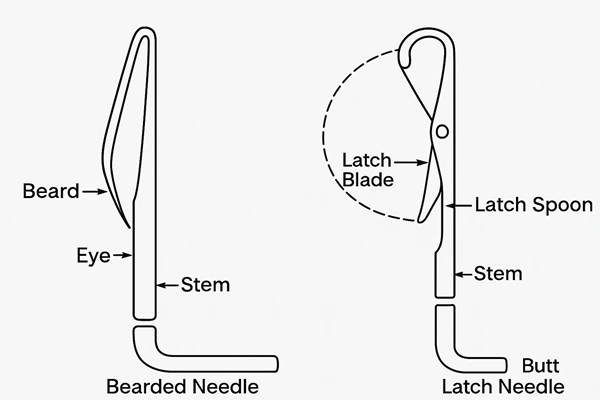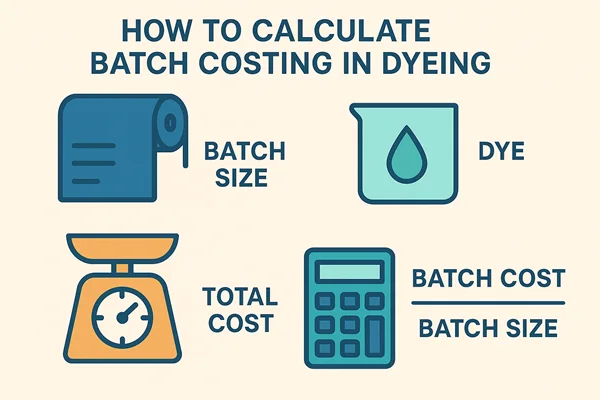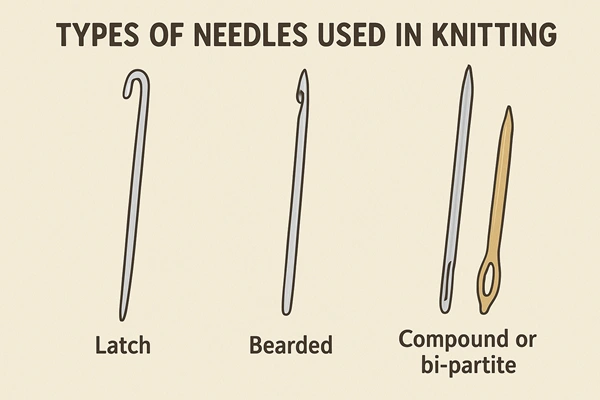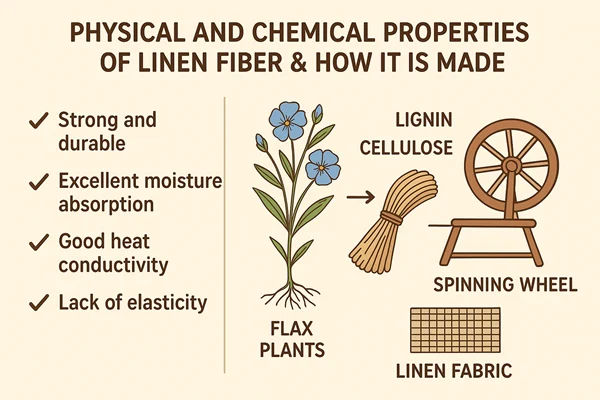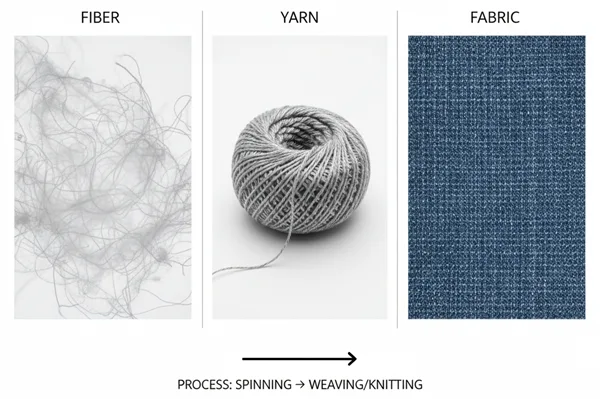Difference Between Latch Needle and Bearded Needle
Latch needles and bearded needles are both very important types of knitting needles, which are widely used in knitting for producing knit fabric. This article has presented some key differences between the bearded needle and the latch needle. These are two among three Types of Needles Used in the Knitting process. Latch needle: Latch needle is that, which has a right … Read More

